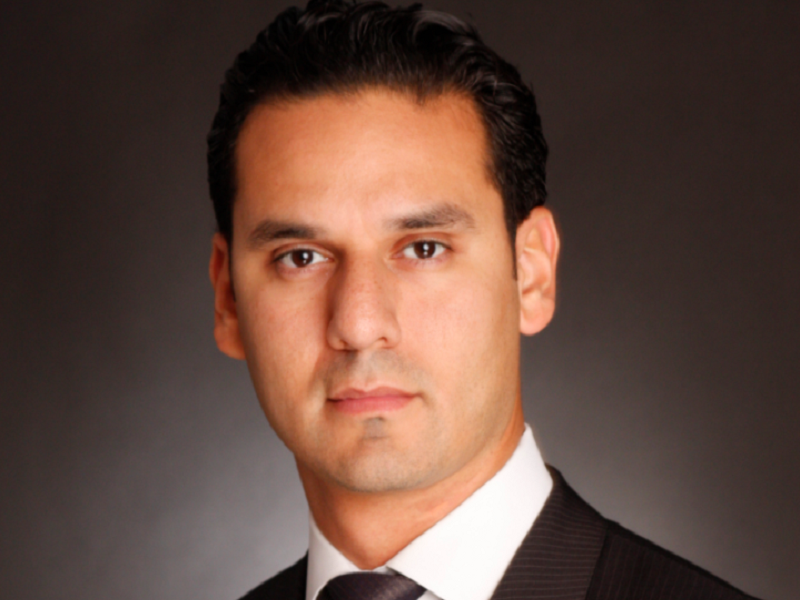

This year has been a difficult one for emerging market currencies, but there are signs that 2022 will give investors reason to be optimistic.
“For the first time in 20 years, U.S. growth is outperforming EM growth,” said Fernando Grisales, senior emerging market portfolio manager at Schroders, during his presentation at the 2021 Global Investment Conference. “What has led to this performance spread? The liquidity cycle by develop central banks. There is no doubt that the U.S. has outperformed over the past 12 to 24 months.”
Read: Currency considerations as plan sponsors grapple with volatility
The strength of the U.S. dollar during the pandemic-era liquidity cycle can likely be tied to the measured response of its central banks to market crises. While the U.S. Federal Reserve has hardly been shy about injecting capital into its economy in recent years, it isn’t alone. In the past 15 years, the global balance sheet of central banks has quintupled in size, ballooning to about 40 per cent of the world’s total GDP. However, unlike the Bank of Japan and European Central Bank, the U.S. has never seen its central bank cross the 40 per cent threshold.
“We’ve seen many trillions of dollars, yen, euros and pounds printed and put into the market to support these markets,” said Grisales. “The rate at which money has been printed [in the U.S.] has, when compared to the BOJ or ECB, been quite balanced. We’ve printed a lot of dollars, but is it an overstretch for the economy? Not really.”
Compared to emerging market countries, however, the depth and strength of U.S. monetary policy was effective enough to spur a divergence in growth performance. This peaked in the early months of 2021, when the U.S. economy grew faster than all emerging market nations, save China.
Read: How the U.S. election will impact currencies
“The local currency index was down seven per cent over the first three months of the year, but, nevertheless, we have seen a rebound. We’re finally seeing growth in emerging markets. We’re finally seeing vaccination rates hit 50 per cent in the largest emerging market economies.”
As central banks in the emerging world begin to roll back monetary policies, emerging market currencies stand to see their values rise once inflation peaks, said Grisales, noting there’s now value to be found in emerging markets accessible to those who can see what the market misses. He showed how informed investors could analyze the debt profiles of prominent emerging market countries to determine whether the market had overlooked promising return potential.
“Growth expectations for the U.S. are coming down. Other emerging economies are rebounding, while the U.S. is at peak growth. Other regions, like EMEA and Latin America, are doing very well. You want to buy currencies from those countries that are doing well.”
Read: Back to basics on currency hedging
Continued increases in key commodity prices, including petroleum, metals and agricultural commodities, are likely to fuel the advance of countries in the developing world, he said. “We are expecting oil prices to reach pre-pandemic levels by 2023 — a very good sign for oil-exporting economies. Russia is actually one of our top picks as we move forward.”
Though, in general, the U.S. dollar has outperformed emerging market currencies in 2021, Grisales noted that one emerging market currency had broken ranks — China’s yuan. Asked if it could one day replace the U.S. dollar as the world’s reserve currency, Grisales said the dollar still had a great deal going for it.
“The short answer is that the U.S. is very large. It has 25 per cent of global GDP and is still growing. The question isn’t whether the U.S. will remain the reserve currency. The question is whether it will be joined by another currency. That currency is likely to be China’s. It is on-track for eight per cent growth this year and five per cent growth in 2022. In two years, its growth will be equivalent to adding one entire Canada to its GDP.”
